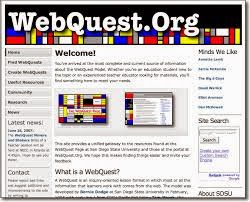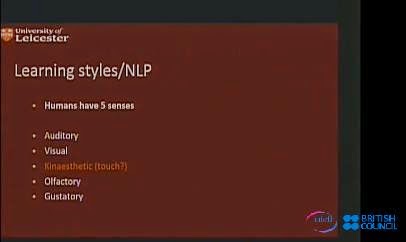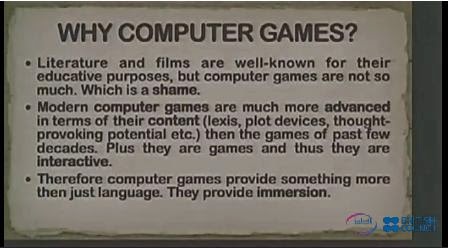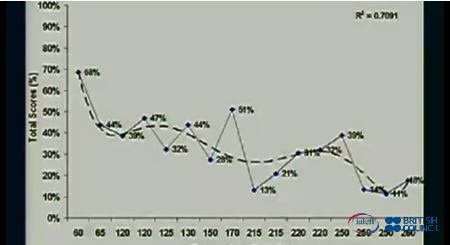The Rise of SOLEs (part 2): At the Heart of a SOLE
This is part 2 of a three-part series about SOLEs. (see also Part 1 and Part 3) One of the keystones of Sugata Mitra's controversial plenary at the IATEFL conference this year was his belief in the positive effects of getting children learning with the Internet, clustered in groups around computers, solving a 'big question' on their own. This he has named the SOLE . What is a SOLE? SOLE stands for ' Self-Organised Learning Environment ' and it is an idea which developed out of Sugata Mitra's interest in further exploring Minimally Invasive Education (MIE) - something which he experimented with during the Hole-in-the -Wall project . MIE has been defined by Sugata Mitra as a " pedagogic method that uses the learning environment to generate an adequate level of motivation to induce learning in groups of children, with minimal, or no, intervention by a teacher." Sugata believes that the beauty of MIE is that children are 'd riven pur



